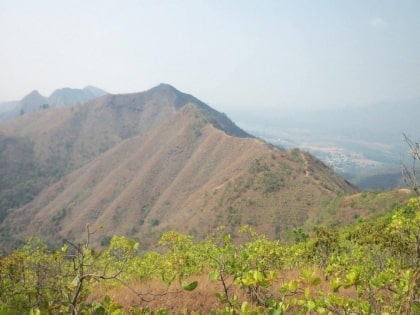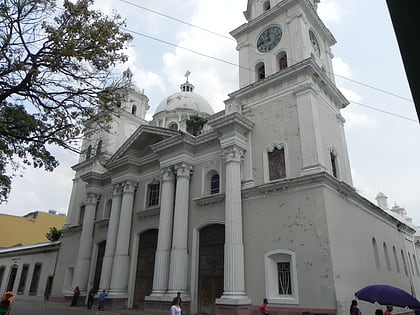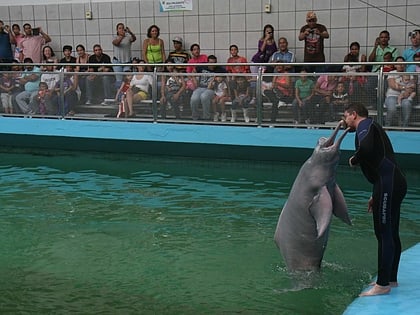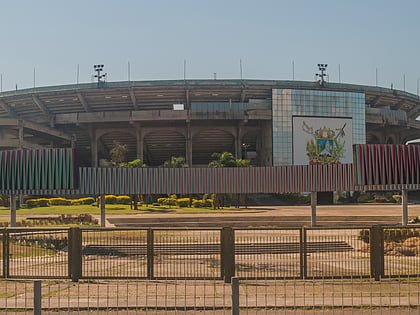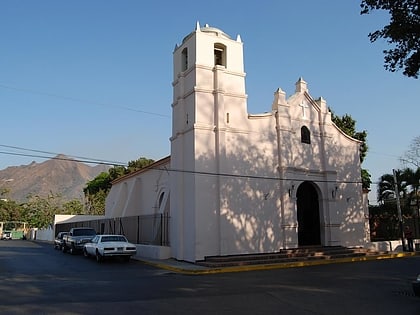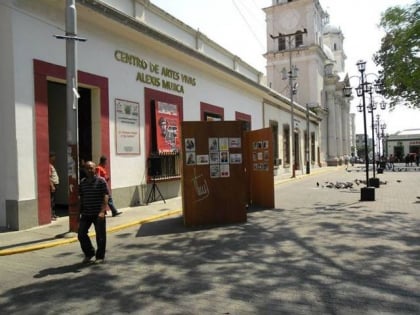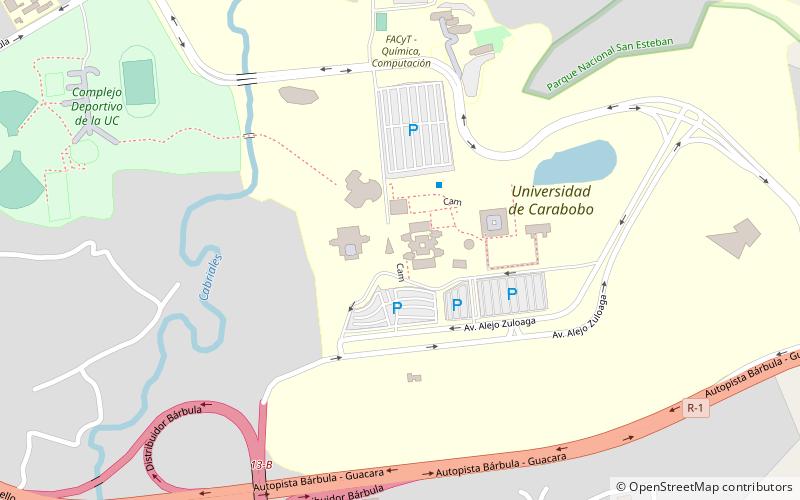Parque Municipal Cerro El Casupo, Valencia
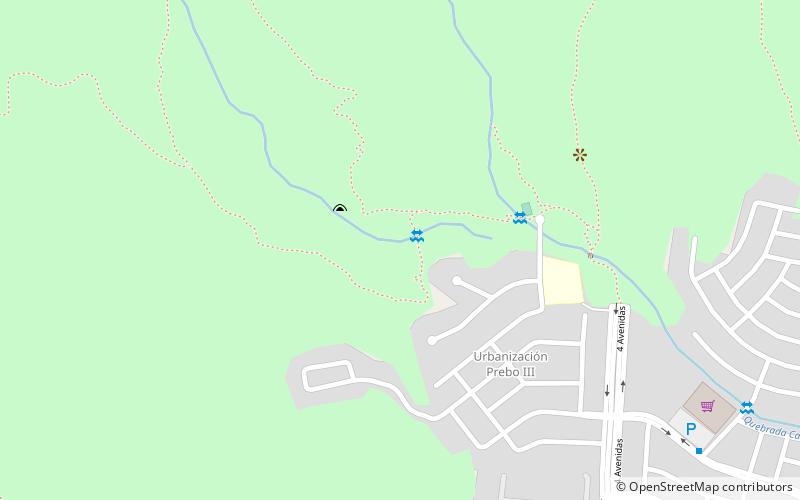

Facts and practical information
Cerro Casupo Municipal Park is a park located in the San José Urban Parish northwest in the city of Valencia, Carabobo State in Venezuela. It was declared a Municipal Park on September 20, 1998, by the Mayor's Office of the Municipality of Valencia, published in Municipal Gazette Decree No. 47/98.
The Municipal Park includes a mountain range with multiple hills of which the general public visits the one called "Cerro Casupo" for being the most accessible and with panoramic view towards the Municipality of Valencia and Naguagua. Besides the hill called "Cerro Casupo" there are others like Cerro Colorado, La Paz and Marin which for the general public are unknown but for the expeditioners are usually ideal tours for the more intimate contact with nature and for the length of the journeys that usually exceed 50 minutes.
The Cerro Casupo in particular comprises the hill that is at the end of the 4 avenues at the north end, is characterized by providing a moderate but not long and not tiring journey that according to the performance of the user can take between 20-35 minutes to climb to the top. The main route is made up of a short dirt road, some stone stairs and after the refuge known as "Las Casita del Medio" begins the more arduous path where the earth begins to be replaced by the rock that makes up the mountain. At the top there was formerly a shelter for users but after a storm in mid-2018 this was destroyed by a strong gust of wind, this shelter is only a wooden bench.
Besides the main road there are 2 direct accesses to the hill Cerro Casupo, one through the river called "Rio 1" and the other through "El Camino La Viña". Both routes are recommended for their own natural beauties.
In terms of Ecosystem, the Municipal Park has 2 main rivers, several micro tropical forests around the rivers or in wetlands, an artificial forest of cashew trees and a variety of trees, most of which are not typical of the area, an artificial forest of cashew trees and a variety of trees that are mostly not typical of the place and were probably planted between 2000-2008 during the administration of Mayor Paco Cabrera in collaboration with private enterprise that promoted arduous operations where users planted trees in the Municipal Park in order to stop the erosion of the mountains, provide fruit to animals and prevent the constant fires that plagued the Municipal Park.
It is worth noting that the planting operations radically changed the appearance of the Municipal Park which in the past was characterized by few trees on the hillsides which were covered by grasses. Such action considerably sacrificed the natural beauty of the park and even devoured plants very characteristic of the park but dramatically reduced the fires which destroyed a considerable amount of vegetation, polluted the city and killed huge numbers of animal species such as reptiles and small mammals.
In relation to the History of the Municipal Park the oldest users relate that towards the decade of the 70's the Cerro Casupo begins to be chosen as a place of recreation by motocross fans who open the first roads. It should be noted that by this time the future park was part of a private estate and a very restricted group could access the mountain range, it was not until the 80's when the area was urbanized and the pavement reached the slope of Cerro Casupo, which made it more accessible to people outside the motocross. The first main access was just behind the Cristo Rey School that led to a dirt road that culminated just meters from the Rio 1, this generated a boom as a place of bathing and recreation for young people who gave the place a use similar to that given to the beaches.
Already close to the 90's a new entrance was built, leaving the one that led to the river in the background and consequently the popularity of the river as a place of entertainment declined and the climb up the mountain became more popular. This radically changed the type of public that began to replace young drivers of rustic by people of all ages and especially by people who love exercise.
In relation to the names of the places it is important to note that there is no official consensus and an example of this is that the name Rio 1 was given during the administration of park rangers in the management of Paco Cabrera, however experts in the area give the name of Rio Hormiguero in times when this was part of a private estate.
Valencia
Parque Municipal Cerro El Casupo – popular in the area (distance from the attraction)
Nearby attractions include: Estadio José Bernardo Pérez, Centro Sambil, Cathedral Basilica of Our Lady of Help, Valencia's Aquarium.
